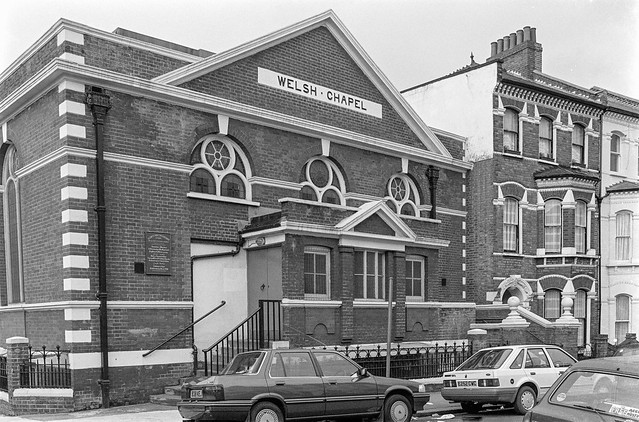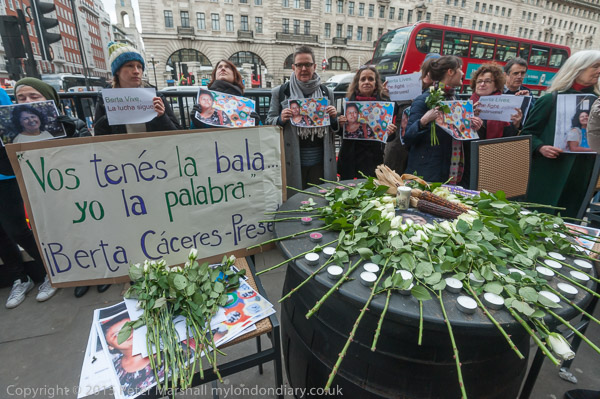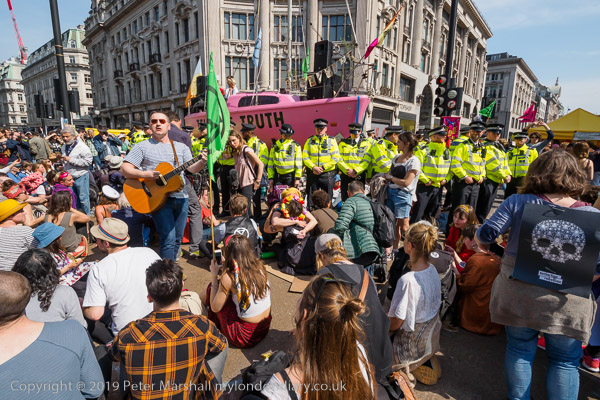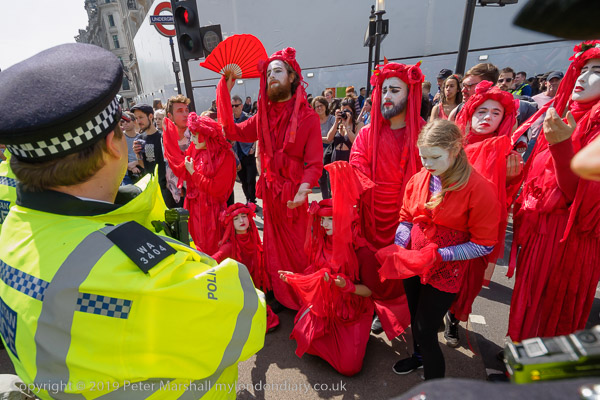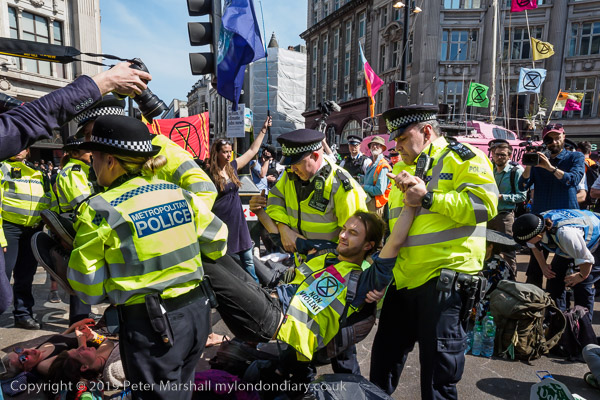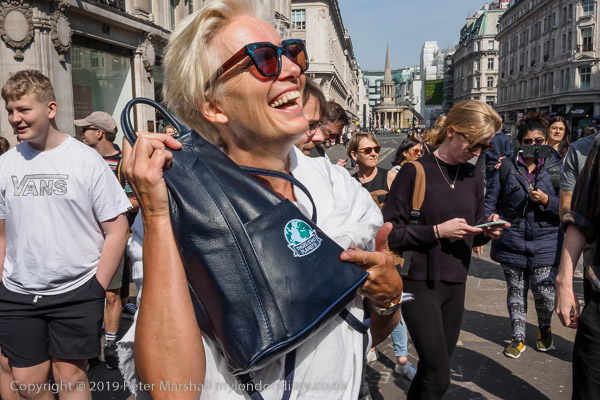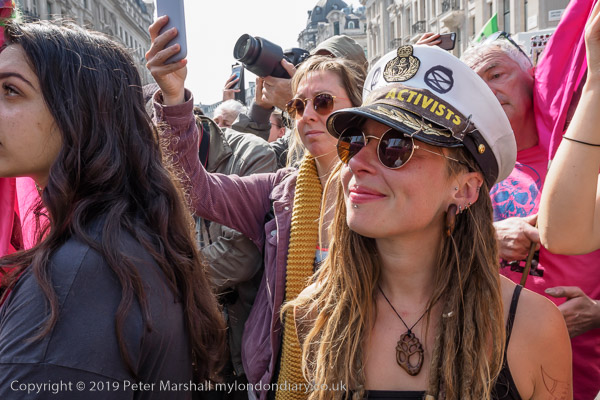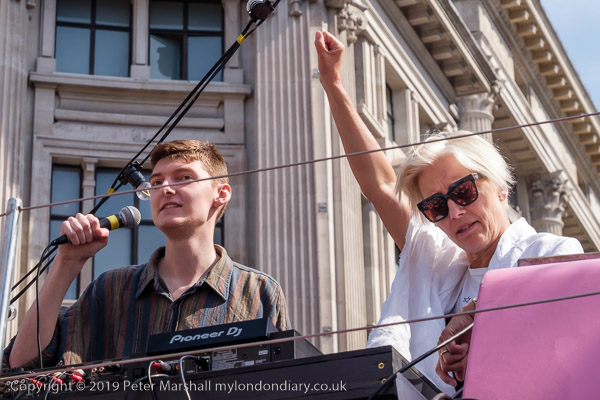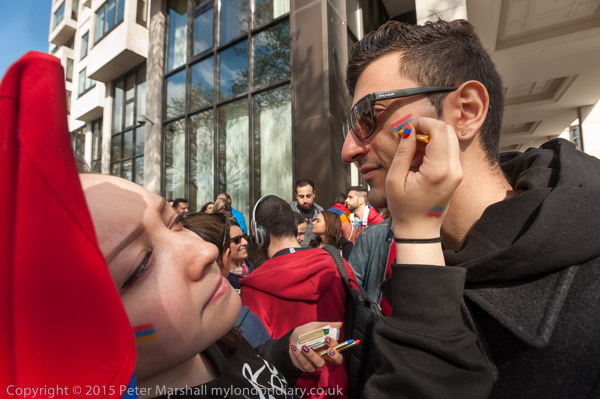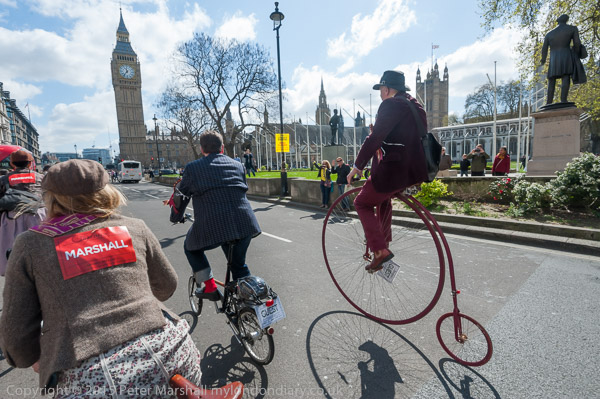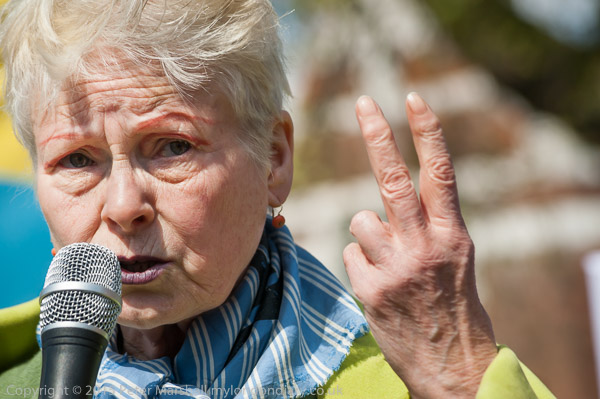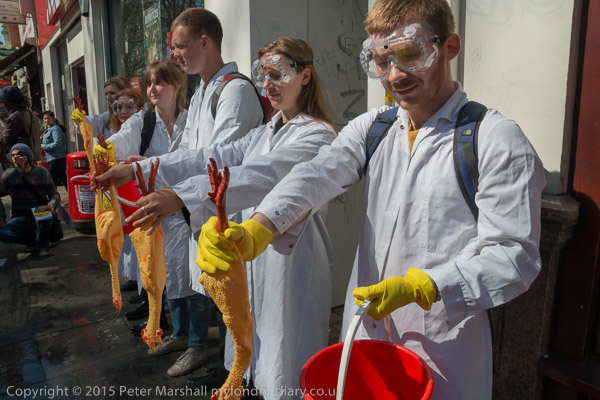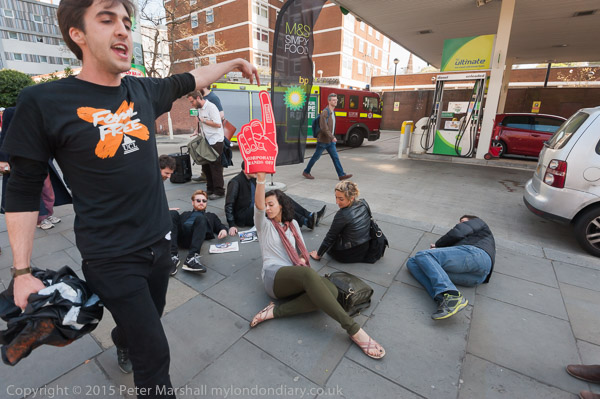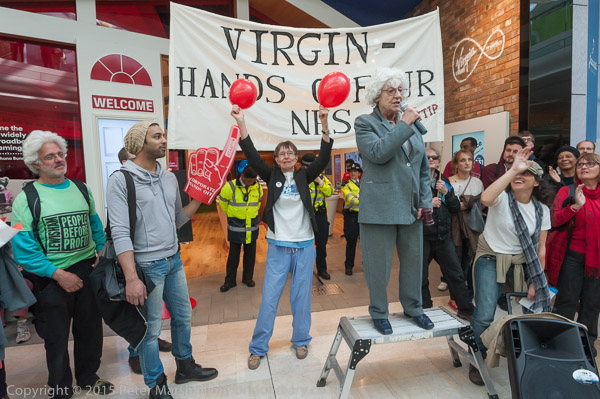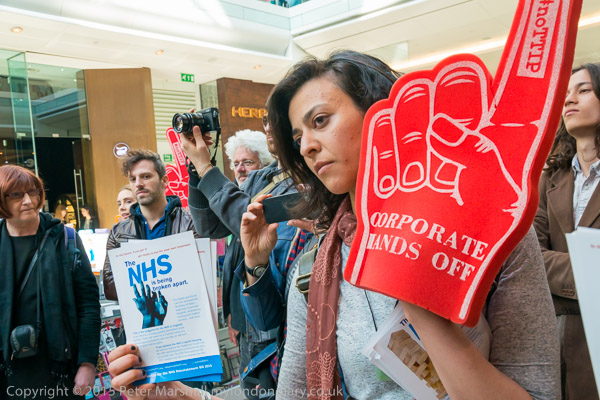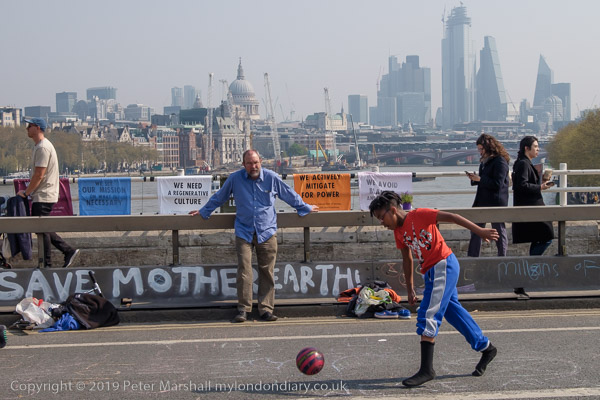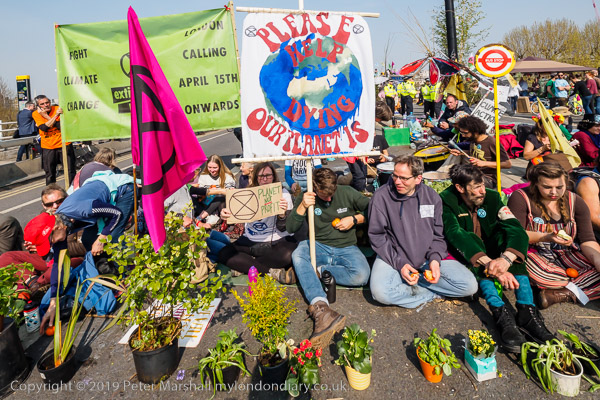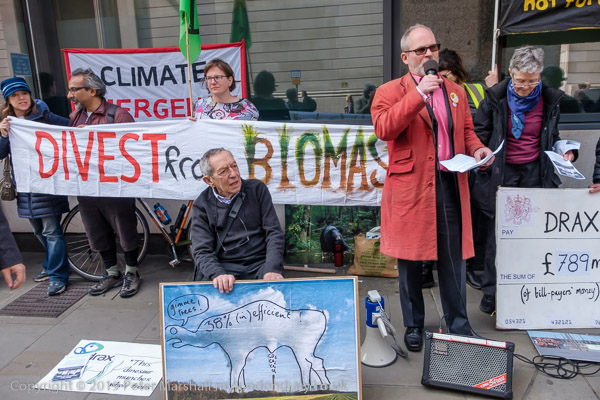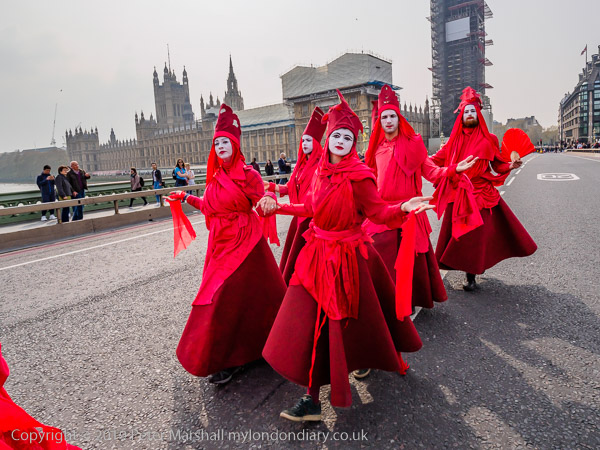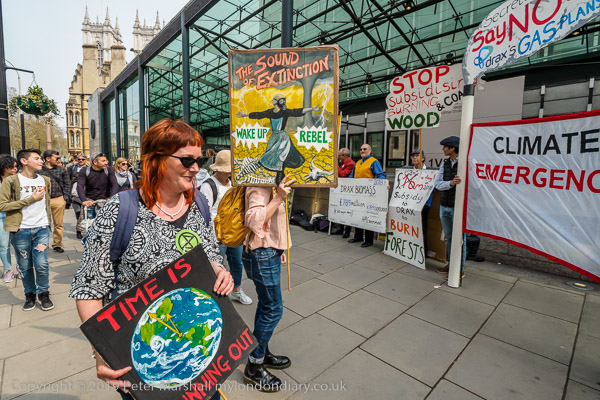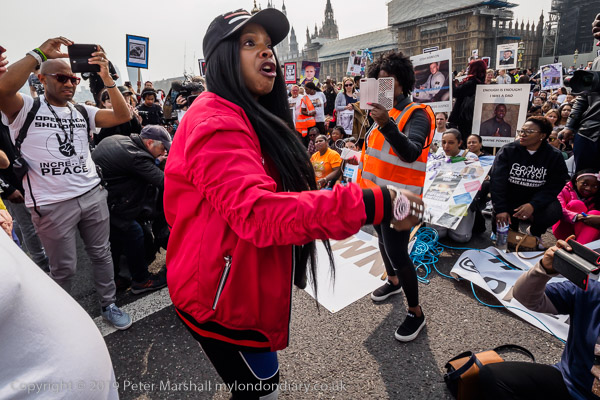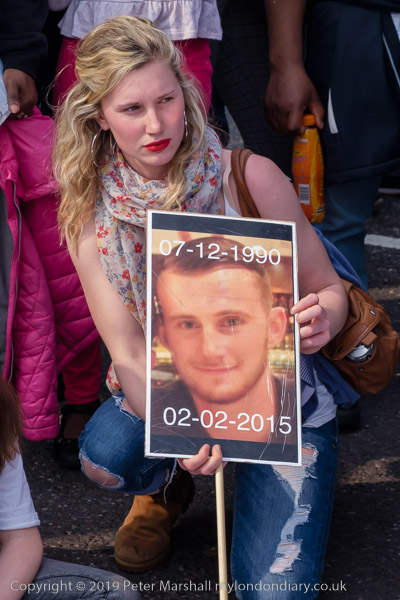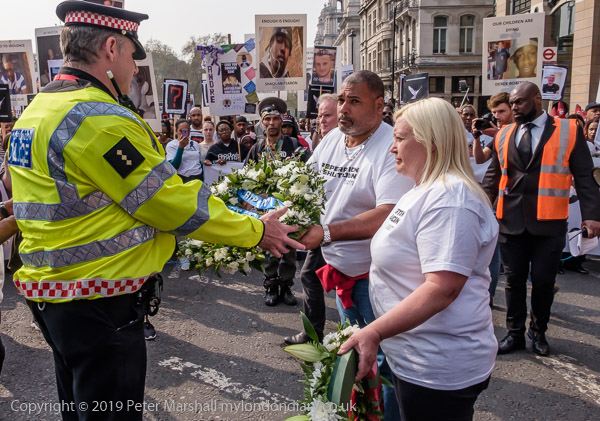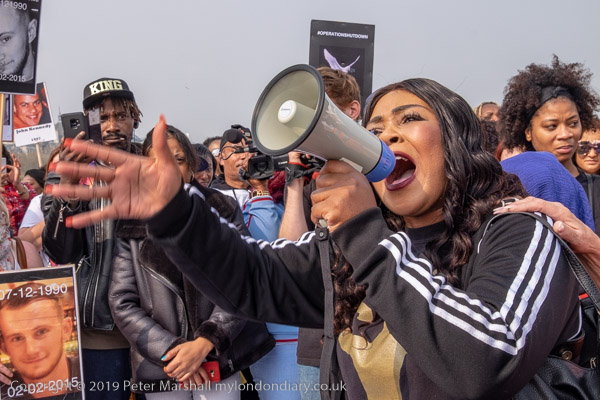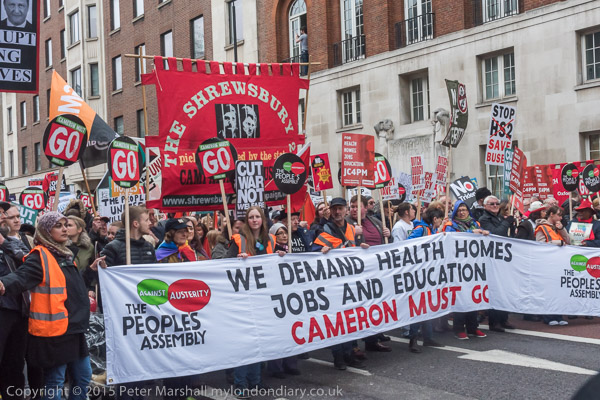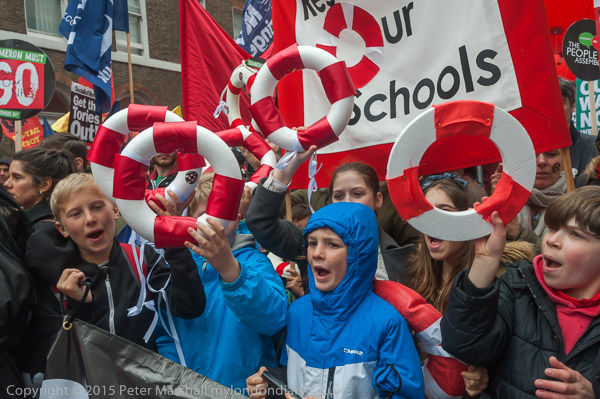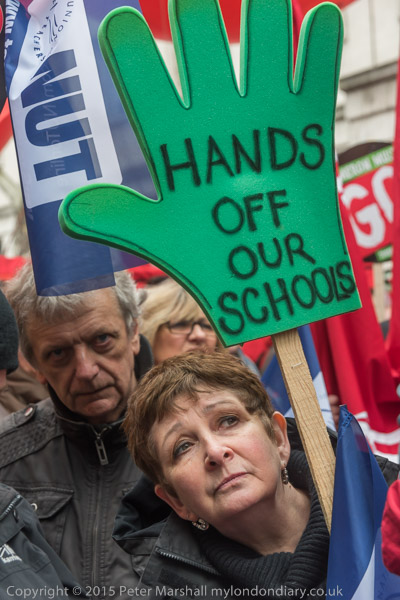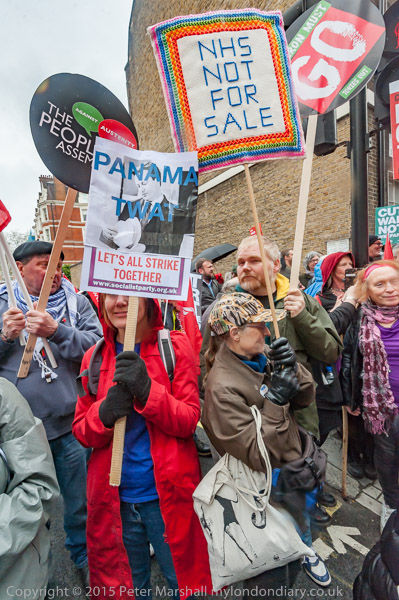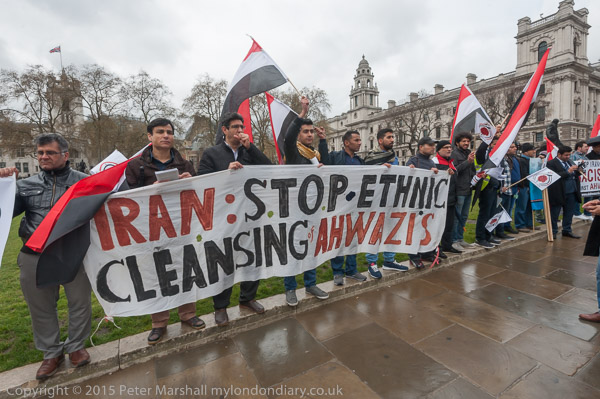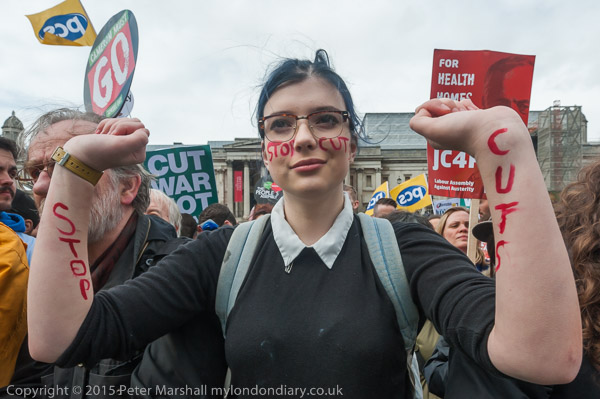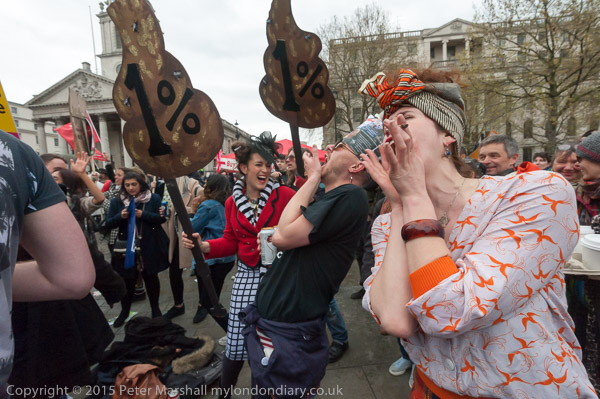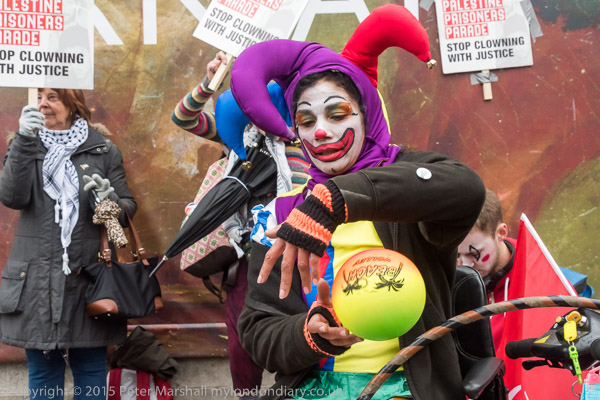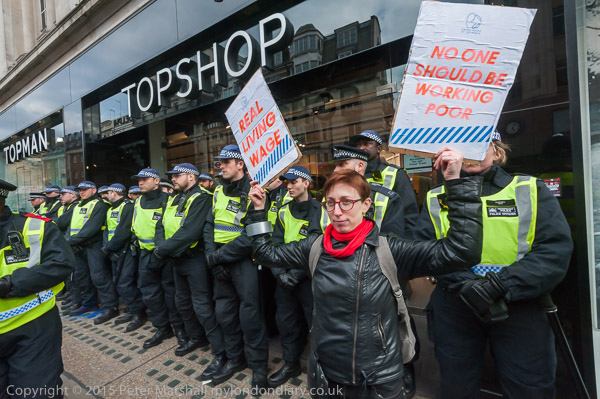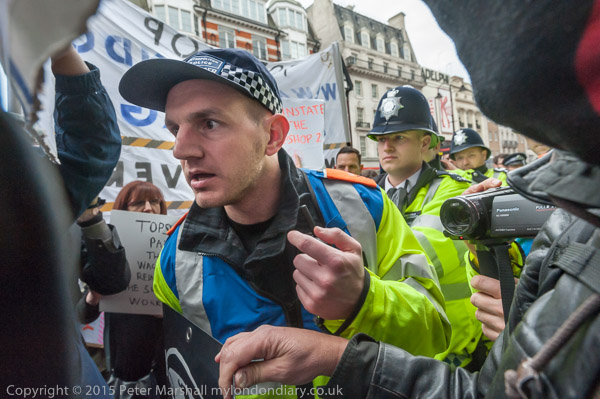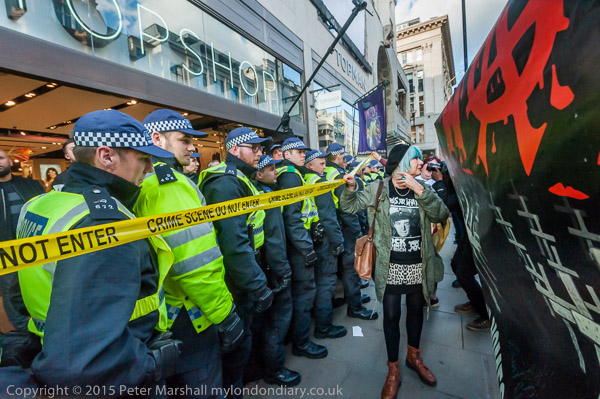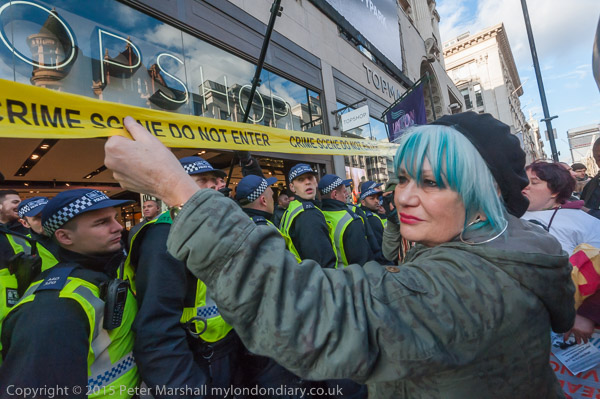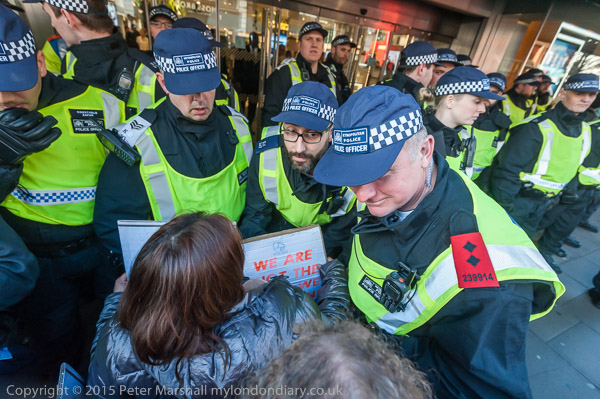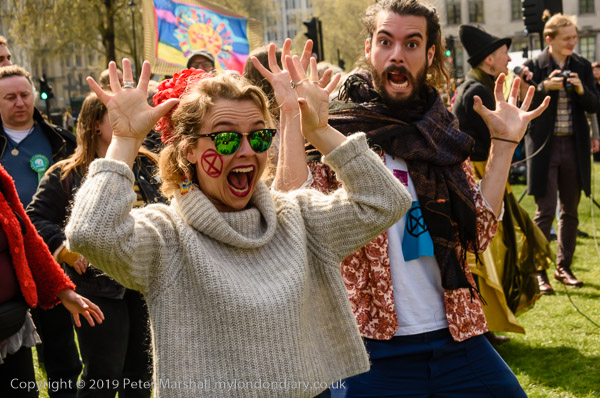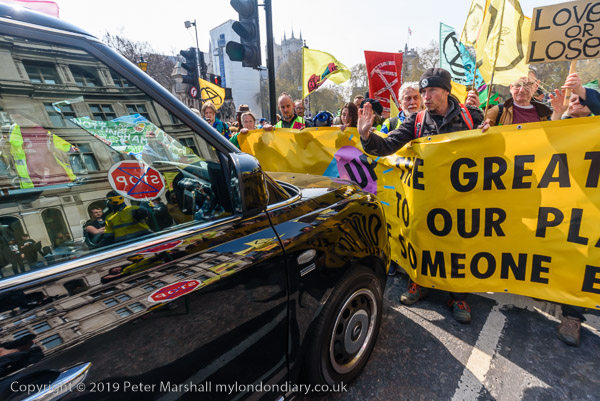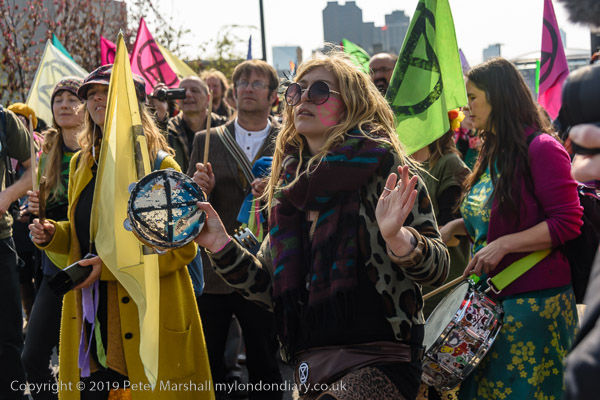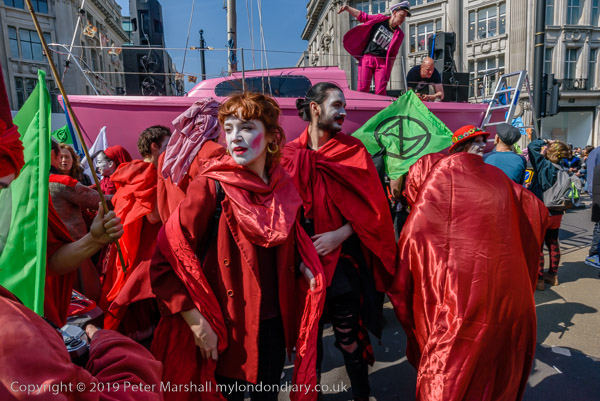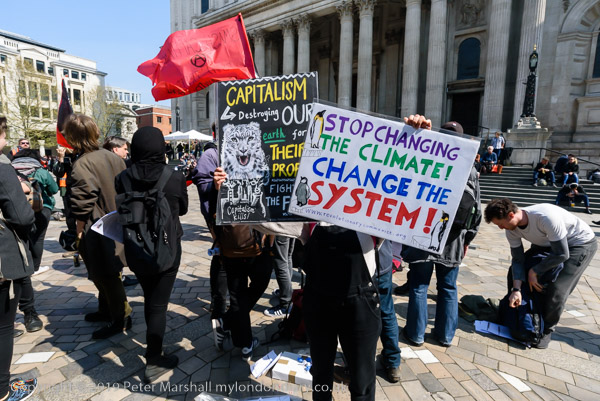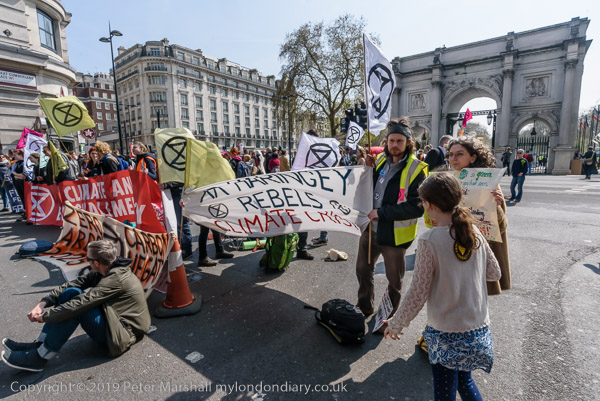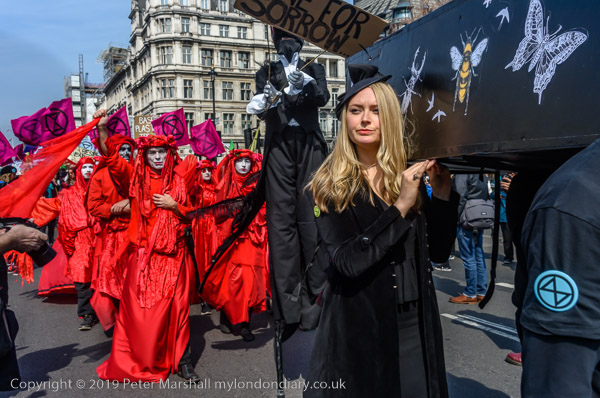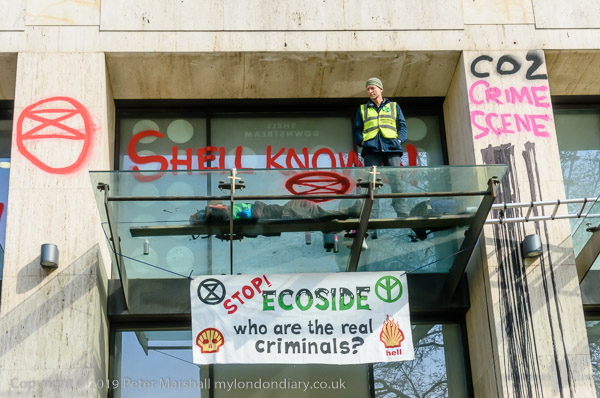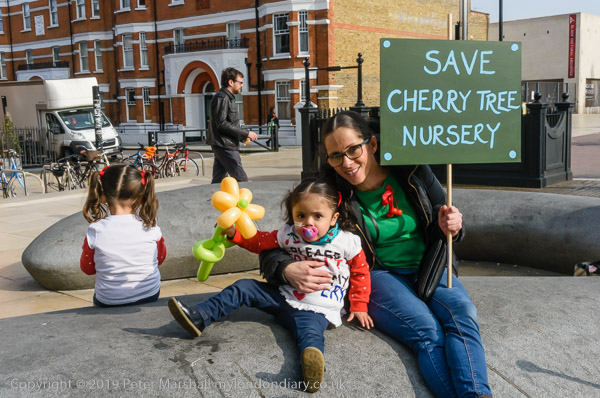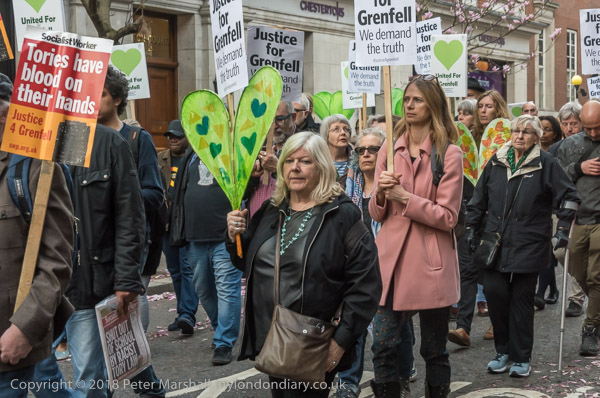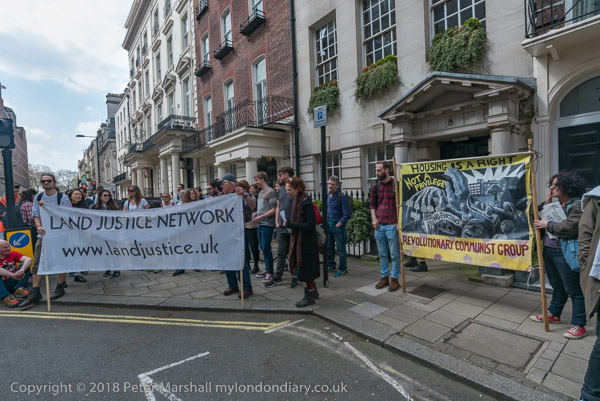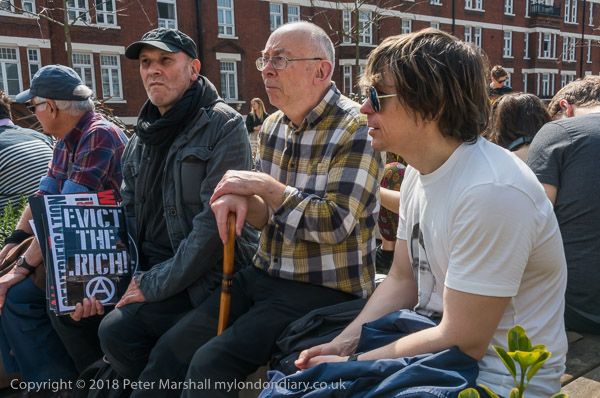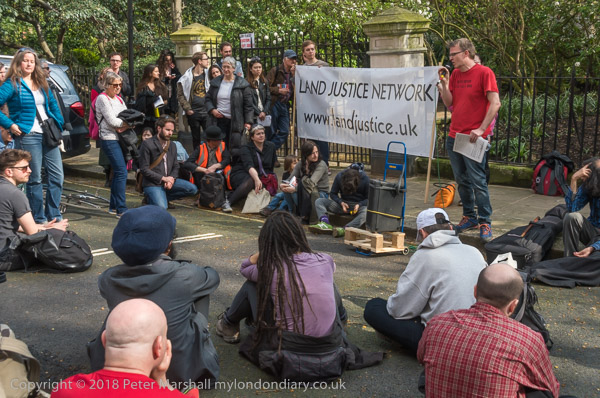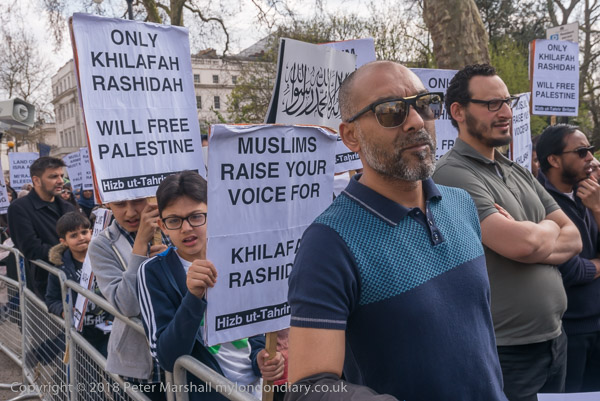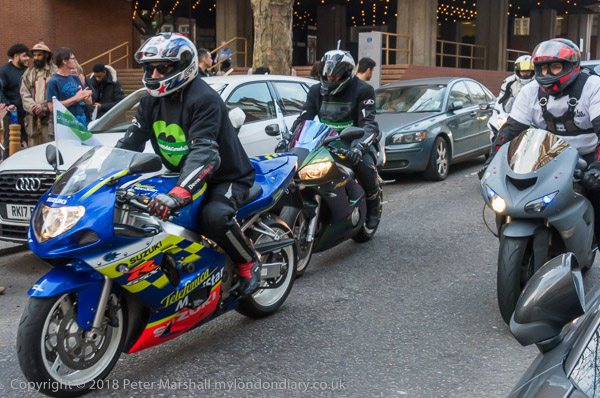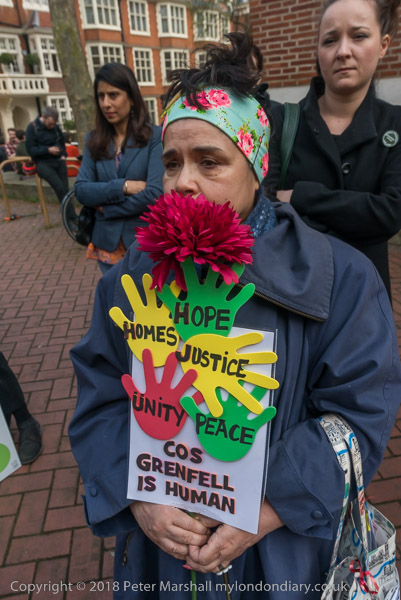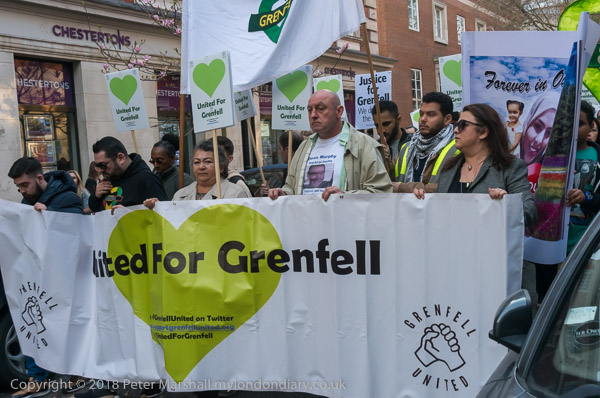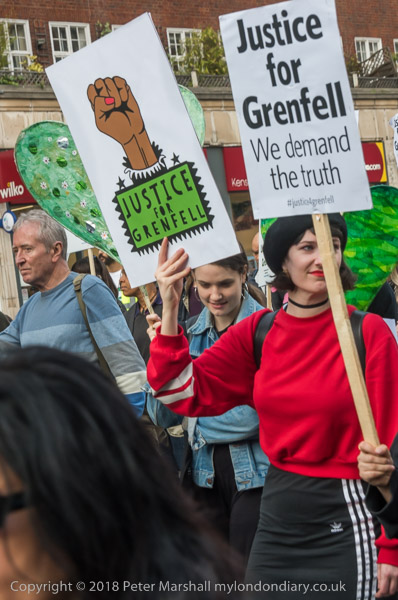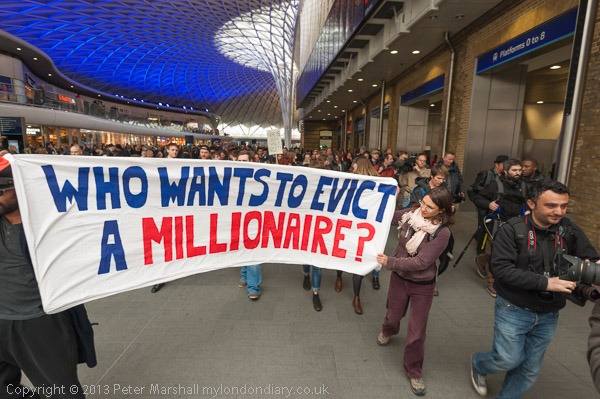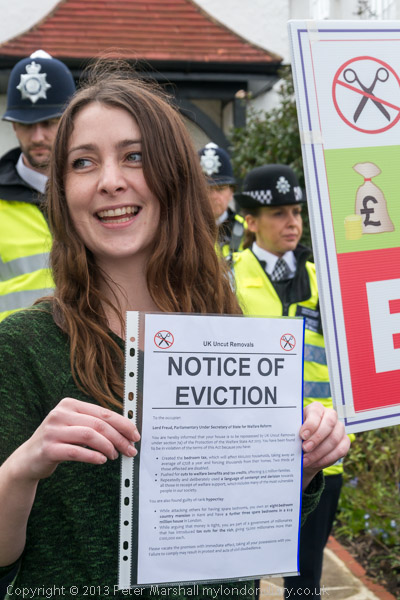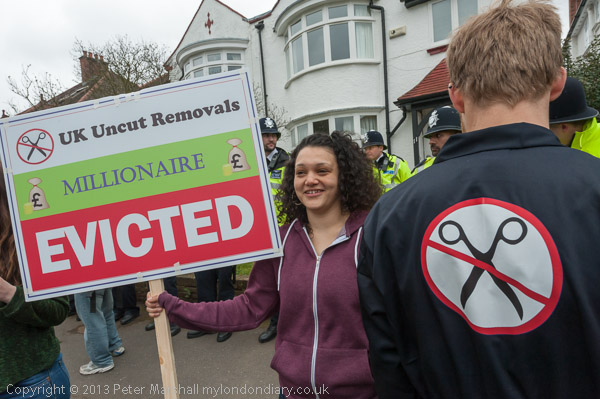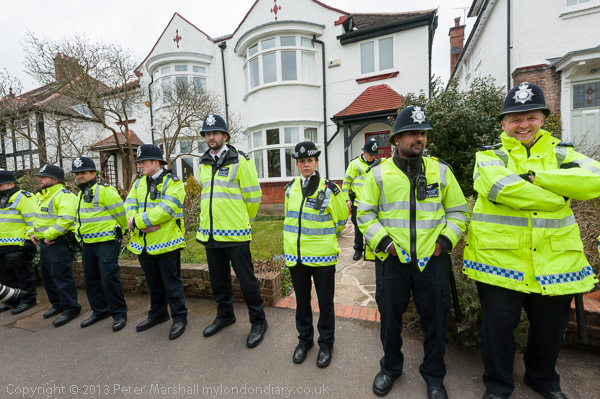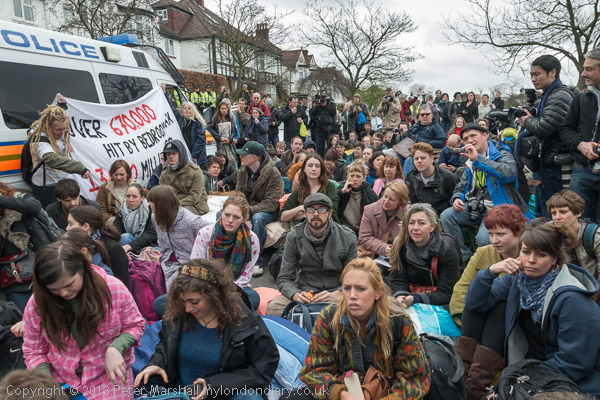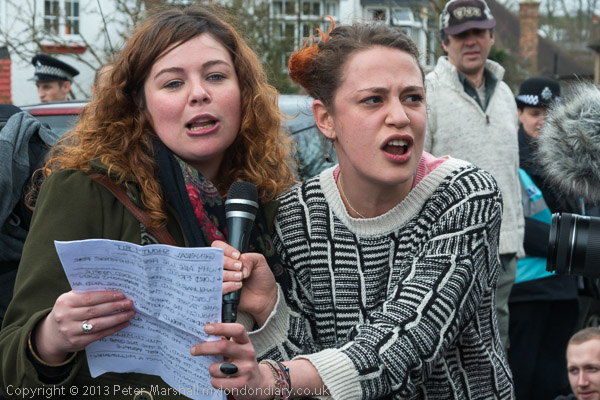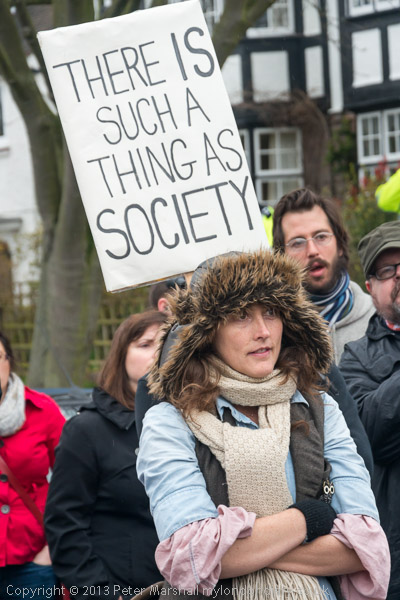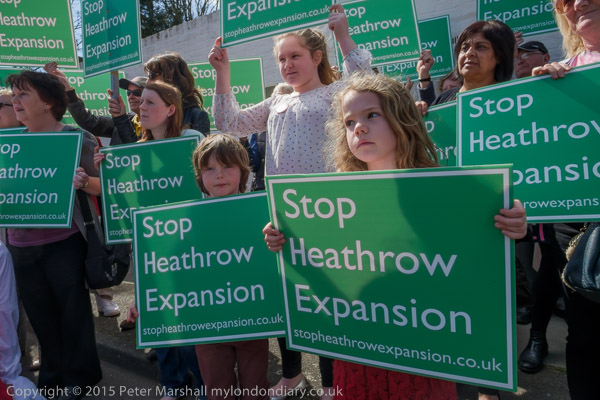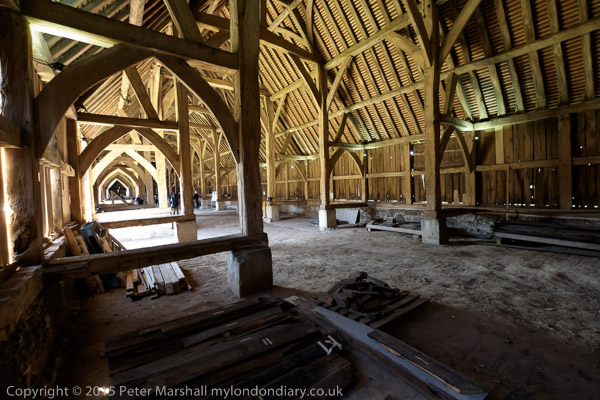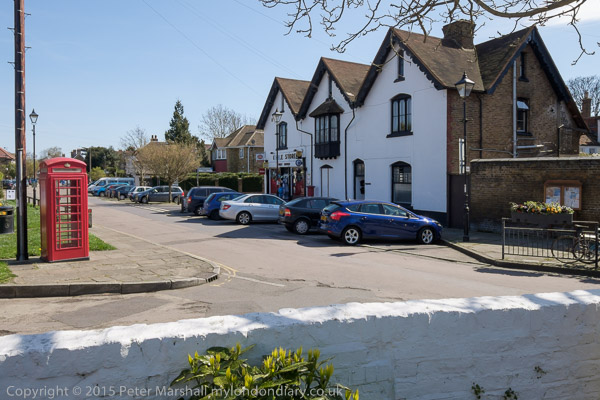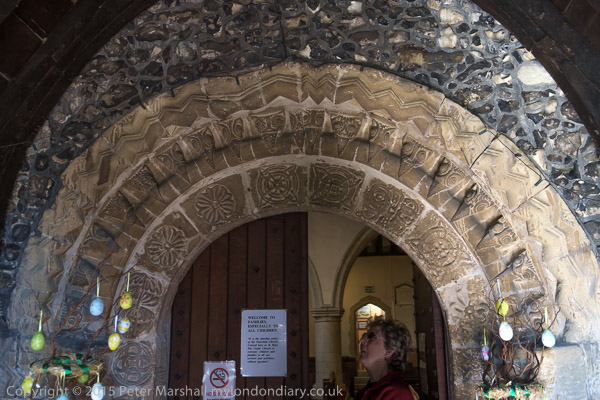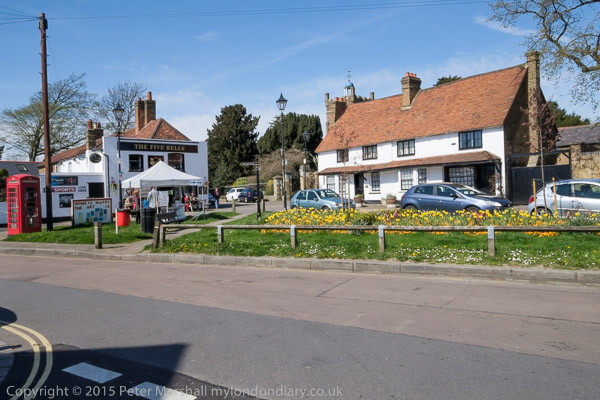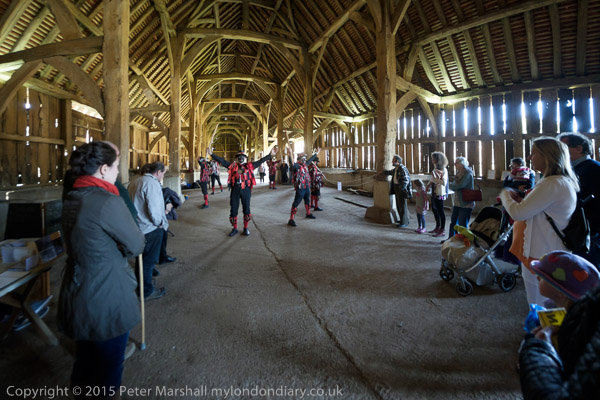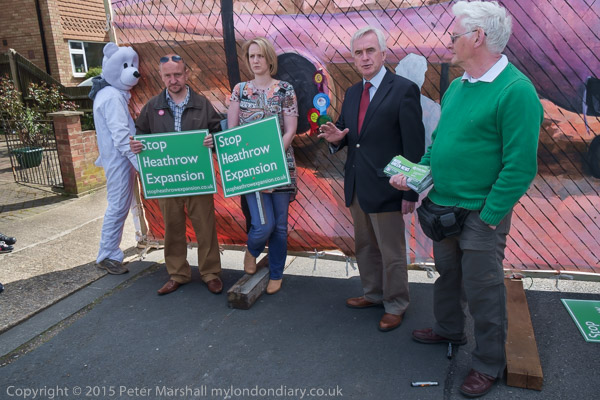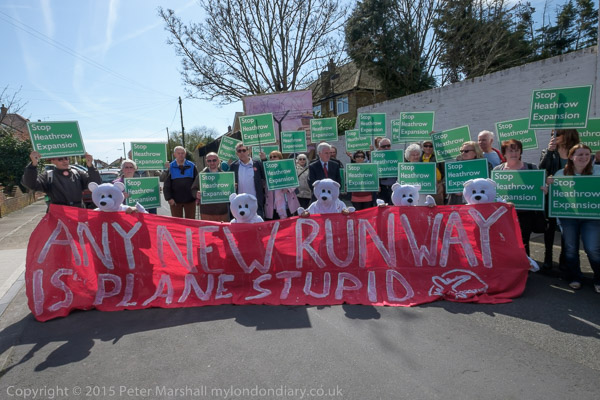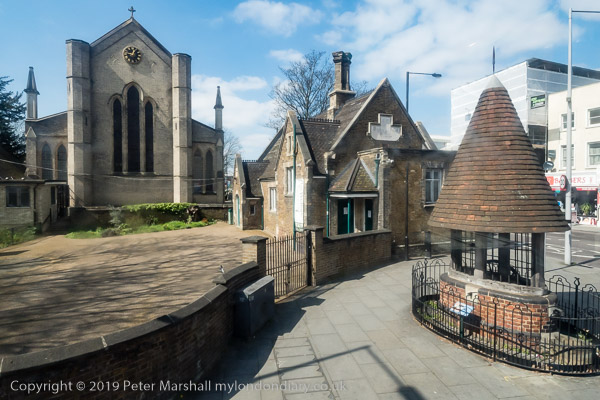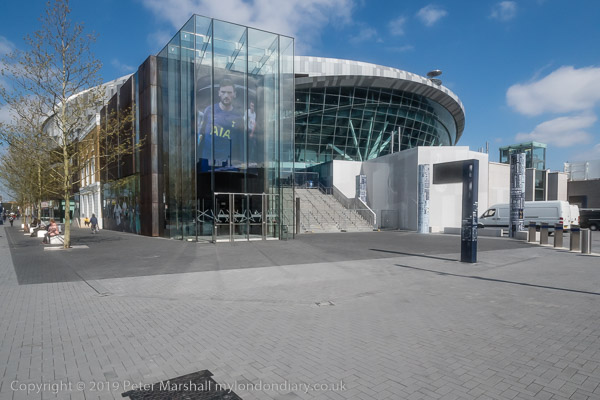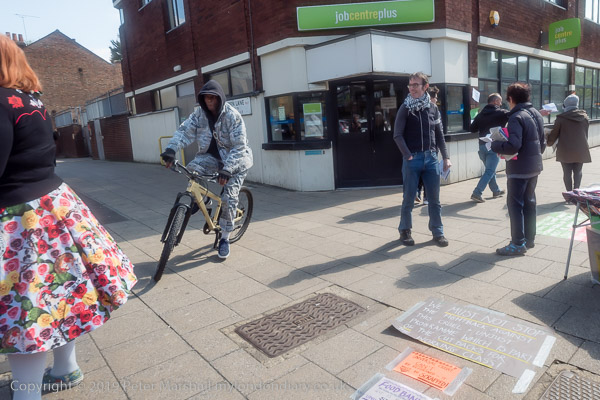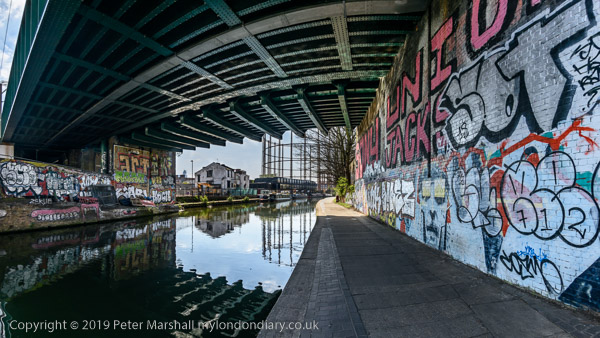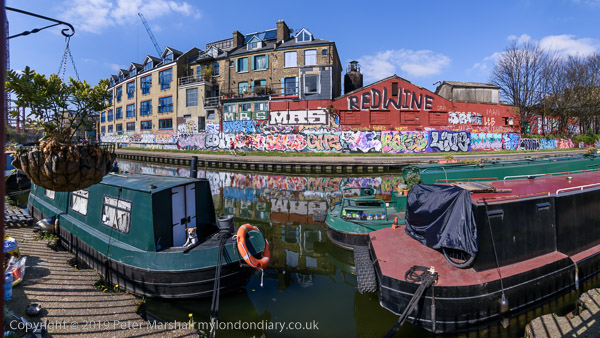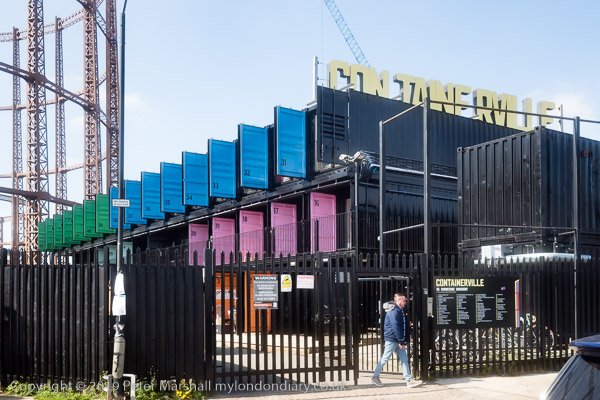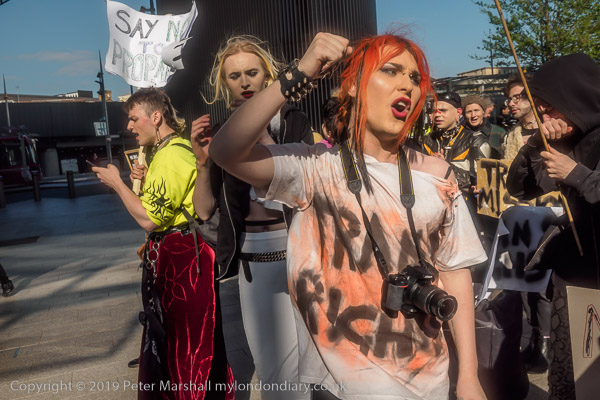The only one of my four grandparents I ever knew was a small lady dressed always in black, who seldom moved far from the fire and range in the back room of their house. I don’t remember her ever saying much, though I think she was still very much in charge in the house where she lived with my three maiden aunts, where our Sunday afternoons were strictly observed with only quiet activities and good books allowed, though I think we children sometimes escaped to the wilder parts of the large garden where we were out of sight. She was a Baptist, though the church she and the aunts were members of was a few miles further out of London, though having been born in Llansaintfred, Radnor she would have been home at the Welsh Chapel. Eliza Ann Davies came up to London to work in a Welsh Diary on the Kings Cross Road owned by an uncle, and it was there that she met my grandfather, Frederick Marshall, a young wheelwright and blacksmith, came into the shop some time in the late 1880s and they were married in 1890. I never met him as he was killed in a road accident 12 years before I was born.
This impressive range of shops can still be seen on Lavender Hill, just to the east of Clapham Junction station – the pub glimpsed in the distance is The Falcon on the corner of Falcon Rd. But while the Falcon is still in business, every single shop has I think changed hands since I took this in 1988. I took a few other pictures on the main shopping streets, including St John’s Hill and St John’s Road some of which I’ve posted in the Flickr album these pictures come from.
The corner of St John’s Rd and Battersea Rise still looks much the same, and the Northcote Arms is still there, though with some new signage. Rhino sports has gone and in its place you can now get acupuncture and other health and beauty treatments. The place of Angel shoes has been taken by a hairdressers, its hanging sign gone, though the iron bracket from which it hung is still in place. And pedestrians are no longer fenced in at the junction.
Many quite ordinary houses such as these were finished with interesting detail as on these houses in Aliwal Road. It was I suppose then a relatively inexpensive way to add a touch of class, or perhaps a builder’s edpression of pride in his work.
65 Broomwood Road is no longer a dentists, and has lost all those signs, as well as the details of its glazing, but the door and the side panels remain as well as the decoration above. It is at the end of a short row of similar houses on the street,
Like many corner shops in London, Sacha Wines on the corner of Webbs Rd and Shelgate Rd has now been converted for residential use and customers have to go elsehwere for ‘Food, Wines, Beers, Spirits’ etc. Most of these photos were probably taken as I wandered towards Webbs Rd, not for Sacha Wines, but for the Wandsworth Photo-Co-op.
You can still fine the ball on top of a pillar on Battersea Rise, a few yards up on the south side from Northcote Road, but it takes a little imagination to recognise the scene in my 1988 photograph. The shopfront has gone and 73a is now a house, while Bellson & Co has added an extra floor, though still retaining the bay windows and porch. The changes have been made in a way that integrates pretty seamlessly and without that ball (the pillar is now exposed brick) I would have found it hard to convince myself that this was indeed the same place.
Clicking on any of the pictures in this post will take you to a larger version in my album 1988 London Photos.
